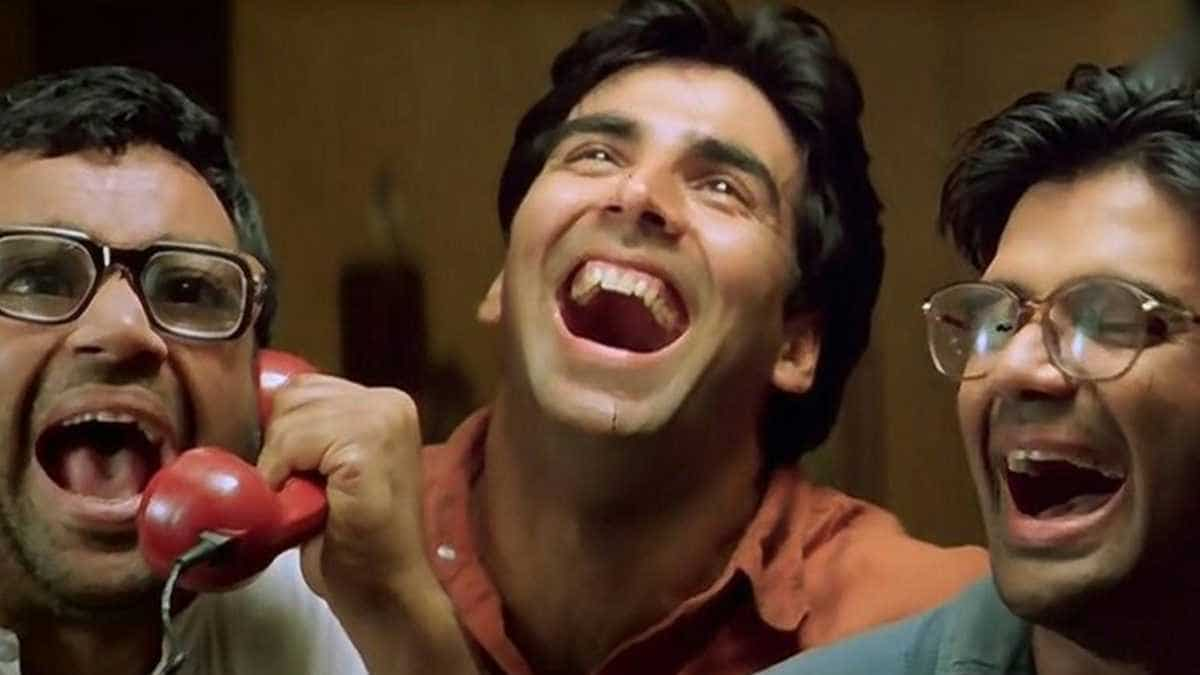
Drawing Room: Richa Arya sees the price of urbanism in Deepak Kumar’s art
6 months ago | 5 Views
I saw Deepak Kumar’s Warning Line at the Indian Ceramics Triennale in 2023, where it immediately drew my attention, both for its scale and its theme. The gigantic work depicts the fragile skeleton of a green pigeon. In it, ceramic pieces of various sizes are assembled together and used as the backdrop for drawings and paintings showing avian bone structures, tree roots, geometry tools, and the kind of blueprints commonly seen in urban planning.
The scale of urban expansion and its irreversible toll on the natural world, especially on bird species, strikes viewers right away. Its stark beauty and the profound sense of loss it evoked really moved me. Kumar has a way of using a variety of media, and combining science and tech, to tell a story that is bigger than its parts. And most of his works examine the degrading effects of urbanisation on the environment. He grew up in rural Bihar, and has spoken of spending his early years amid the region’s rich natural beauty. As an artist who now lives in Delhi, the move to a concrete jungle shapes much of his work.

And yet, his works are much more than the good-bad binaries that we usually associate with urban development. Viewers who enjoy the broad view can also delight in the details: The anatomy-study drawings, his use of flora and fauna from the Delhi-NCR region, the use of fossilised forms to represent lost ecosystems, the juxtaposition of organic and mechanical elements. Consider that the materials used in Warning Line alone are listed as stoneware, archival drawings, tools and bird carcass in a vitrine.
Kumar’s ability to translate the hidden costs of human advancement into powerful visual art resonates with my own interest in ecological and social issues. Several artists have responded to the climate crisis in their art. Sculptors have started to work with ice, deliberately making their masterpieces melt into nothingness. Folk artists have switched from creating bucolic landscapes to barren terrains. Even diesel exhaust is now being made into inks and paints.
Warning Line’s focus on the destruction of ecosystems due to urbanisation resonates with my ongoing research for a project that highlights the water crisis and pollution in Haryana. The more I engage with it, the more I see its relevance in the broader conversation about sustainability and the need for a more conscious approach to development. It reinforces my belief in the power of art to raise awareness and provoke critical thought about pressing environmental issues.
Read Also: Spectator by Seema Goswami: Go back to your roots




















